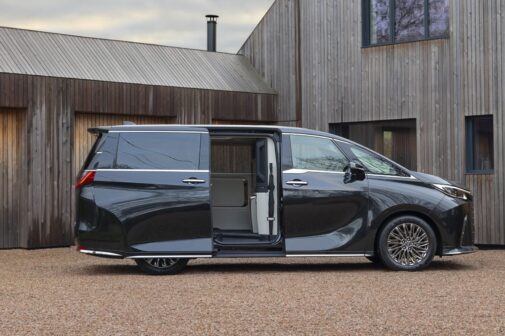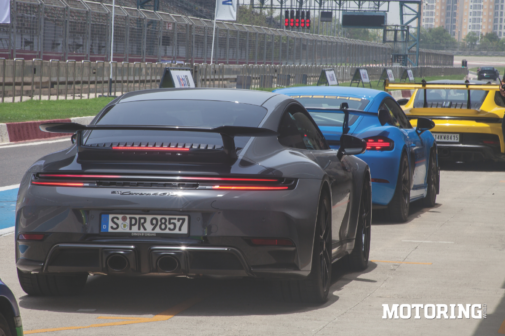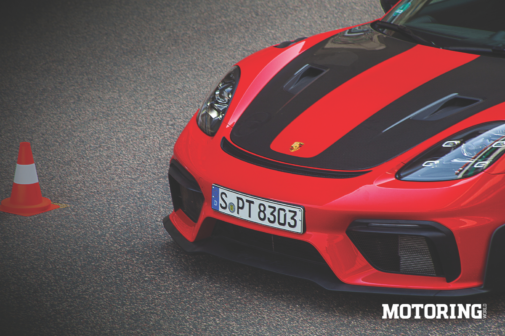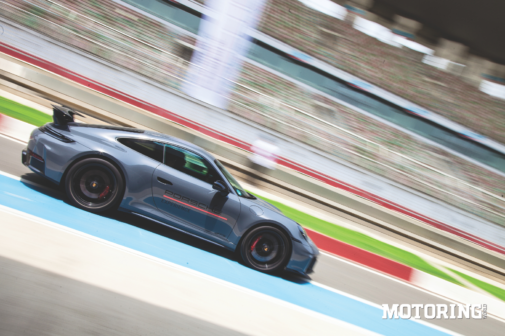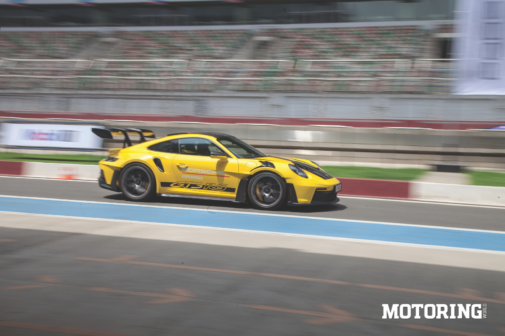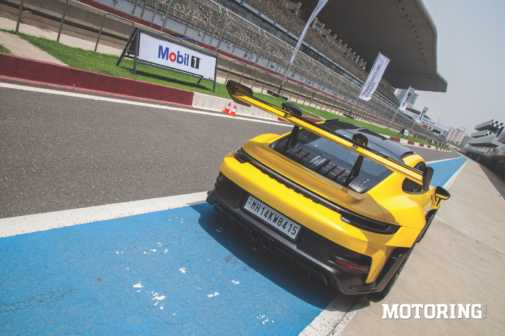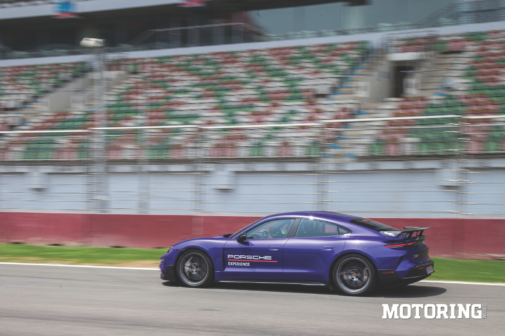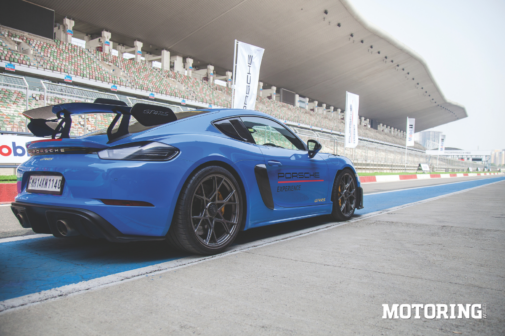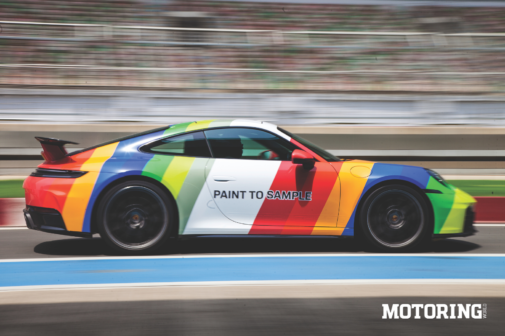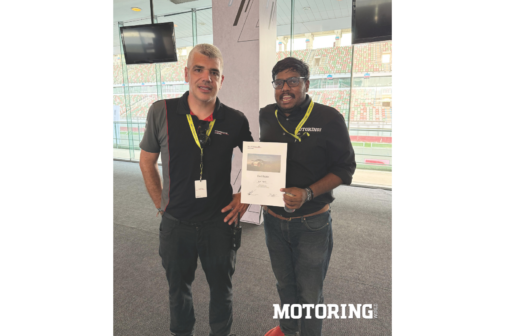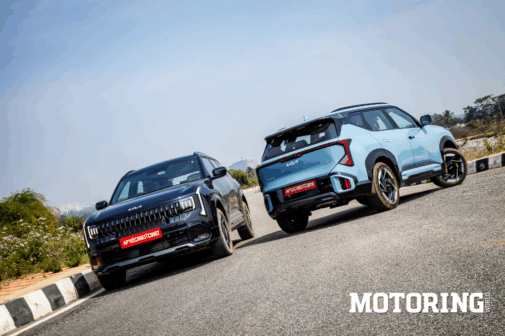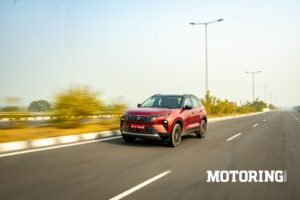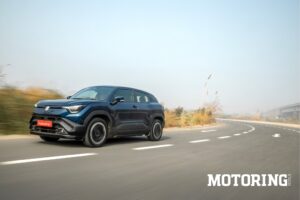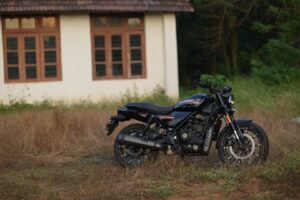Every automotive journalist walks into this industry with a bucket list. Some want to drive across continents, others dream of interviewing the giants of the industry. But for many of us, there are a few events that we all quietly aspire to be a part of — those rare, adrenaline–fuelled invitations that make it all worth it. The Porsche World Roadshow is one of them.
This legendary track day doesn’t happen every year. It’s a curated, exclusive experience — a travelling performance theatre with some of the best sports cars ever engineered by Porsche. Held at the FIA-certified Buddh Formula 1 track this time, it offers the perfect playground to explore the limits of some seriously fast machines. So when the email from my editor dropped into my inbox confirming my slot for this year’s event in, I couldn’t stop grinning. We landed in Delhi a day before, where the Porsche team welcomed us with a detailed briefing and a sneak peek at the line-up. Conversations over dinner with fellow journalists turned into geek-outs about what we were about to drive. The next morning, we were at the track. Helmets strapped, briefing done, and adrenaline kicking in — we were ready.
The first cars we drove? Heavy hitters right off the bat — the 911 Carrera GTS and the 718 Cayman GT4 RS. Porsche had shipped in a mix of left-hand and right-hand drive vehicles from around the world just for this roadshow. It took a moment to adjust (you instinctively walk toward the wrong side of the car) — but once behind the wheel, muscle memory takes over. You stop thinking and start driving.
Let’s start with the 911 Carrera GTS. In the hierarchy of the 911 family, this might not be the most extreme variant, but it embodies the very essence of Porsche. It’s a sweet spot — pure, responsive, balanced. The moment you turn the steering wheel into the first corner at the Buddh International Circuit, you know you’re not in just another sports car. The 911 is the result of over 75 years of relentless refinement. It’s like watching a legendary rock band perform their greatest hits, each note perfected over decades. Driving the GTS feels timeless, thrilling, and technically brilliant. The steering feedback, the throttle response, the analogue digital blend of the instrument cluster — it’s all thoughtfully executed. Even the drive mode selector dial on the steering wheel feels like a finely tuned instrument.
As if that wasn’t enough, Porsche gave us the keys to the real beasts next — the GT3 RS and the GT4 RS. The GT3 RS is a monster; the massive rear wing looks like it belongs on a Le Mans prototype. The front fenders are carved with vents that scream aerodynamic aggression. It’s race-bred and it lets you know — especially when you spot the colour matched roll cage from the rear-view mirror. But what’s remarkable is how usable it still feels. It demands respect, but it also rewards you with smiles the harder you push.
The car I had truly been waiting for was the GT4 RS. Imagine the engine from the GT3 RS dropped into the smaller, more compact 718 chassis. It’s a recipe that only true car nerds would dream up — and Porsche actually built it. This car is the definition of a pocket rocket. On the back straight of the track, I let it rev all the way to 9,000 rpm. That wailing flat-six behind your head, the vibrations, the tunnel vision — it was a sensory overload. I had to ask myself: is this what car nirvana feels like? For a brief moment, I contemplated retiring from track days on a high note. What could top this?
Just when I thought it was all over, Porsche brought out the GT4 RS Spyder and set up a slalom course. With stopwatch timers running, we were allowed a couple of practice laps before going for a timed run. This point fully dialled me in, and I’m happy to report that I finished second overall — only bested by ex-Motoring World colleague Parth Charan. Still, beating several other seasoned drivers was its own reward.
Porsche didn’t just bring out its combustion-powered legends. The Taycan and the new Macan EV were also on track, reminding us that performance isn’t exclusive to petrol any more. The difference in dynamics was instantly noticeable. The electric cars launch from corner to corner with blistering speed, aided by their low centre of gravity and instant torque. The Taycan Turbo GT, especially, was a revelation. Porsche set up a dedicated 0–100 kph launch zone, and with just one hard launch, my brain was recalibrated. It hits 100 kph in 2.2 seconds. No drama, no noise — just instant G-force that glues you to the seat. The same car also holds a Nürburgring lap record, and it’s not hard to see why.
And because Porsche had to show off its all-around capabilities, they also set up an off-road course for the Cayenne. With axle articulation ramps, steep inclines, and hill descent challenges, it was a reminder that Porsche’s SUV line-up is just as engineered as their sports cars. But I’ll admit, my heart was still stuck on the GT cars, somewhere between turns 5 and 6 of the circuit.
As the day drew to a close, I thought about why, whether international or domestic, most auto journalists have the same answer when asked which car they’d buy with their own money — a Porsche 911. And the moment you drive one, you understand exactly why. It’s one of the most complete and iconic performance cars ever made. It might not shout the loudest or have the most bling, but a 911 is the automotive equivalent of a perfectly cut gem. The engineering, the heritage, the passion, the balance between track weapon and daily driver – very few driving experiences come close to it, and I can’t wait to get behind the wheel of one again.









